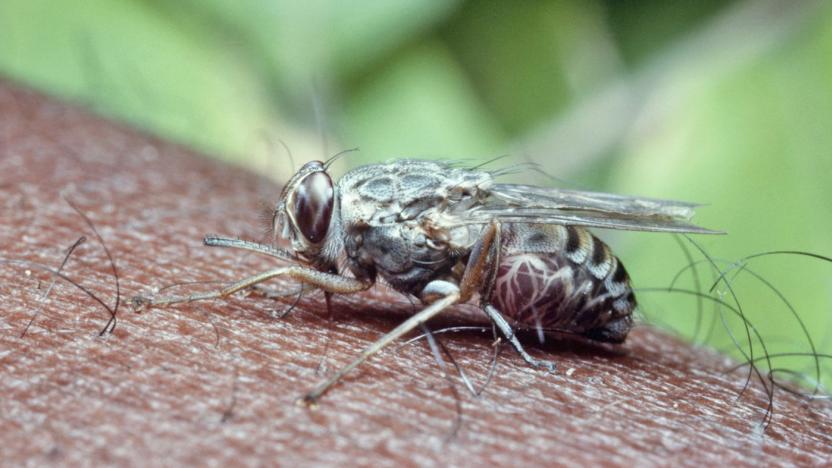InternationalAtomicEnergyAgency
Latest

ICYMI: Sad unicorn truth, disease-fighting drones and more
#fivemin-widget-blogsmith-image-781614{display:none;} .cke_show_borders #fivemin-widget-blogsmith-image-781614, #postcontentcontainer #fivemin-widget-blogsmith-image-781614{width:570px;display:block;} try{document.getElementById("fivemin-widget-blogsmith-image-781614").style.display="none";}catch(e){}Today on In Case You Missed It: The news that a type of unicorn walked the earth at the same time as prehistoric humans makes modern-day fantasy novels make a lot more sense. CERN is getting its Large Hadron Collider back online after a hiatus to improve its electrical system. And Ethiopia is using drones to drop sterile tsetse flies over the country, intending for them to breed with the wild natives and cut back on the population of disease-carrying insects, thus lowering risk of illness to humans and animals. We also share that paleontologists mapped the evolution of the largest type of dinosaurs, learning new things about them; and also touched on how vertical farming operations are moving into grocery stores. As always, please share any great tech or science videos you find by using the #ICYMI hashtag on Twitter for @mskerryd.

Drones deliver sterile insects to tackle disease in Ethiopia
To combat disease-ridden tsetse flies in Africa, the International Atomic Energy Agency (IAEA) is enlisting heavy-duty drones. An autonomous system has been developed by Embention, which can fly for up two hours at a cruise speed of 20 meters per second. Under each wing is a stack of temperature controlled pods, each containing a swarm of sterile male insects. These little creatures have been pummelled with gamma radiation, courtesy of the IAEA, while they were bred in captivity. Once they're in the wild, they mate ferociously with the native population, producing no offspring and consequentially lowering the tsetse fly population.

